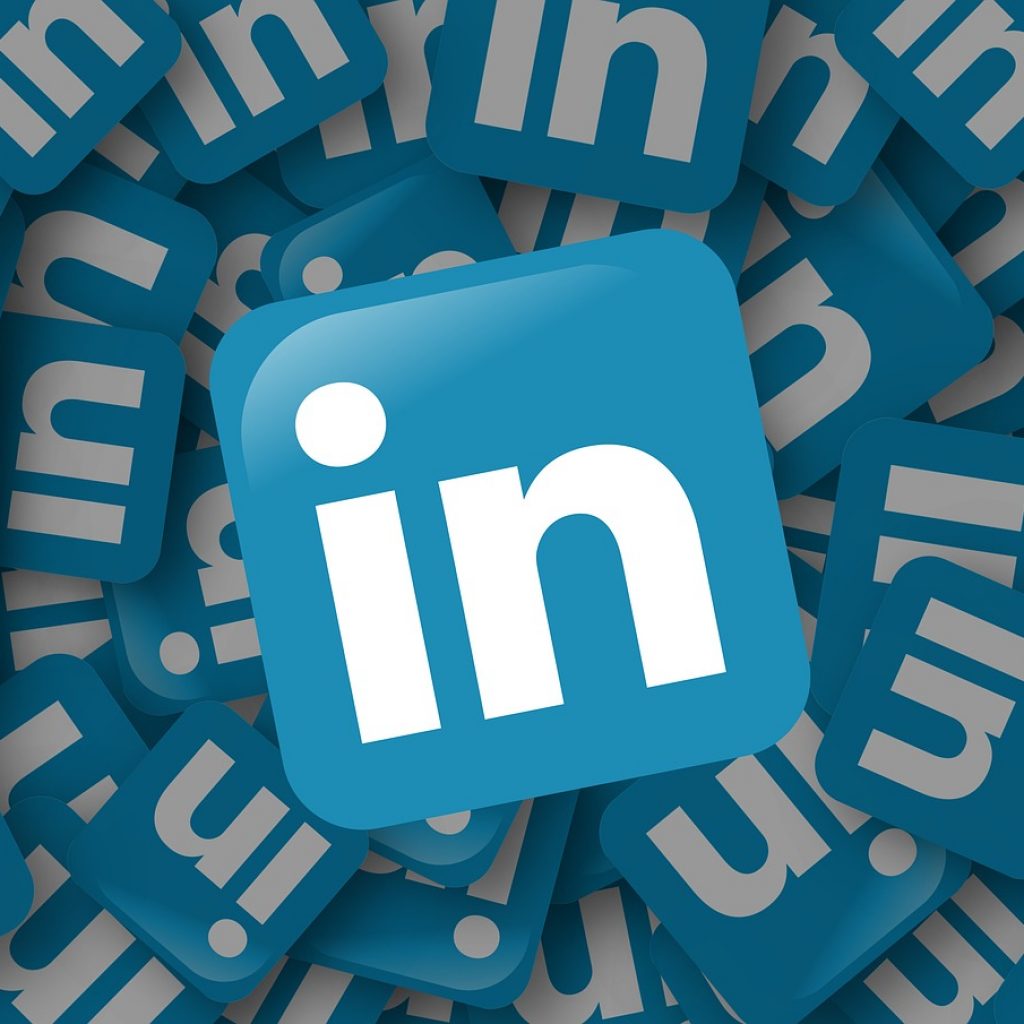Attracting and retaining a loyal LinkedIn following requires a near-instant recognizable brand identity. Customers want to know who they buy from these days, so it’s up to companies to bridge the gap. Putting out more awesome content helps you to build and refine that brand image. It comes as no surprise then that businesses with a social media presence see 32% more sales on average than stores opting out of social media.
On LinkedIn specifically, newsletters, videos, stories, live events, and polls are among several content options that brands can harness. By using any of these mediums, your brand can assemble a content archive that can reach the network’s 875 million members.
Content brainstorming takes a lot of time, so Premiere Creative curated a list of five ways your brand can polish its LinkedIn content strategy. Let us introduce you to boosting posts, hashtags, content suggestions, pinned comments, and lead-generation forms.
1) Boost LinkedIn Posts
If you want to extend your content’s reach beyond your company’s followers, consider LinkedIn’s boost feature. This nifty tool is arguably the easiest way to capture new audiences with your content, transforming a post from your LinkedIn page into an ad populating in various newsfeeds. Boosting the post will amplify it to a broader, similar audience and will likely garner further engagement.
To boost a post, navigate to the MY PAGES section on the left side of your LinkedIn homepage and click the correct page name. You’ll then arrive at the ADMIN VIEW where you can scroll down to find the eligible post you’d like to boost. Once you identify the best post, click the BOOST button above the page.
Test the waters by boosting new product launches or events, or customer spotlights, which can provide User-Generated Content for your feed. Advertising new products, for instance, can encourage sales by driving qualified traffic to your direct-to-consumer (DTC) website. Meanwhile, highlighting customer posts may clue in new prospects to the value your brand can deliver. More broadly, this strategy pushes content that already performs well, prompting further engagement with your LinkedIn followers.
2) Use Hashtags
Hashtags appear across other social media platforms to categorize content by topic; as of 2018, LinkedIn has them too. Hashtags provide brands with an opportunity to insert themselves into ongoing conversations happening on LinkedIn, thus giving your content more visibility. Users will see your posts on your page, as well as these hashtag “categories.” Moreover, LinkedIn hashtags work like signposts to signal what your post will address and give insight into the types of topics your brand focuses on.
Insert hashtags into your next company update by typing the # symbol within posts to generate a drop-down list of relevant hashtags. LinkedIn generally recommends adding three hashtags to posts, and to use two broad hashtags and one that is more niche.
3) Utilize Content Suggestions
If your content creation team keeps drawing blanks on content ideas, LinkedIn will serve up treading content suggestions to give brands another way to join conversations., the platform serves content suggestions to give brands a way to explore what’s already trending and to provide room to think about how to add your brand to the conversation. Overall, this feature can clue you in on topics and posts that your member community wants to read.
To access this tool, tap “Content” in the top menu of your company page, and update the filters as they apply to your audience. You can filter content suggestions between “All LinkedIn members,” “Page followers,” or “Employees.” If you want to see more granular results, consider adding your industry to the filter. Premiere Creative, for instance, would add Marketing & Advertising. Try experimenting with the filters to see the types of clever ideas you can generate.
4) Pin Comments
Pinning refer to highlights appearing as the top comment on a post. While creating LinkedIn posts undoubtedly contributes to the conversation surrounding your brand, the pinning feature gives your brand the chance to steer that conversation. Think about this feature as another version of User-Generated Content (UGC). If you spot a comment that addresses useful talking points in an organic fashion, pin the comment so future readers will spot it.
You may also want to pin frequently asked questions with the most engaging responses to facilitate further engagement. Pinning a comment isn’t difficult – just click the three-dot menu and click PIN COMMENT. You can also unpin comments by using the same menu and returning the comment to its original, unpinned status.
5) Use Organic Lead-Generation Forms,
Organic lead-generation forms collect prospects’ contact information and other relevant details without encouraging them to click away from LinkedIn. With this tool, your company acquires leads on LinkedIn seamlessly. These forms work effectively to increase conversions; they convert customers at a 5x higher rate than traditional landing pages on LinkedIn.
How to Create LinkedIn Lead-Generation Forms
To utilize these lead-generation forms, complete the following steps:
- In the left-hand menu of your company’s LinkedIn page, scroll past the page analytics and click the Add Lead Gen form link.
- Add the Lead Generation form link and click to review the LinkedIn Page Terms. Then, switch on lead gen forms.
- Choose a call-to-action (CTA) button that fits your offer. In some cases, “Get Started” may resonate better with users just starting to research your product or service. Conversely, “Request a demo” and “Start free trial” have the potential to attract more serious decision-makers that are ready to make a purchase. Finally, “Contact Sales” is an ideal option to attract the broadest range of users, spanning both previous types.
- Enter the link to your organization’s privacy policy.
- Add customized headlines and copy. LinkedIn allows 50 characters for a catchy headline and 200 characters for a brief introduction and explanation of what your form promises.
- Once you click “save,” the form will appear on your company page underneath the About section.
Key Considerations for LinkedIn Lead-Generation Forms
There are a total number of twelve fields allowed on LinkedIn’s organic lead-generation forms. Pre-selected fields generated by LinkedIn include first name, last name, company name, and email address. These prompts will pre-populate as you generate your form in the Campaign Manager.
Aside from these pre-selected fields, your company can also enter up to three custom questions on the form, which count toward the total limit of 12. Furthermore, you can frame questions as multiple-choice or single-line text customer questions. For example, ask users about the products or services that captured their attention, or how they first learned about your company.
Through LinkedIn’s lead form analytics tool, you can review submissions. Here, you can assess your form’s performance, based on a total tally of new leads for the past 30 days. You can also click the DOWNLOAD button to export contact details so your sales team can connect with new prospects.
Revamp Your LinkedIn Content Plan
With new trends and changes to the LinkedIn platform constantly on the horizon, content strategies must evolve too. Content creation on LinkedIn should bring your brand increased profits, awareness, and user engagement. The digital marketing specialists at Premiere Creative stay “in the loop” on emerging digital trends so we can magnify your online exposure.
For more personalized and continual advice on all things digital, dial (973) 346-8100 to set up your first consultation with our team. A more up-to-date and thoughtful LinkedIn strategy for your company could be just a dial away.

